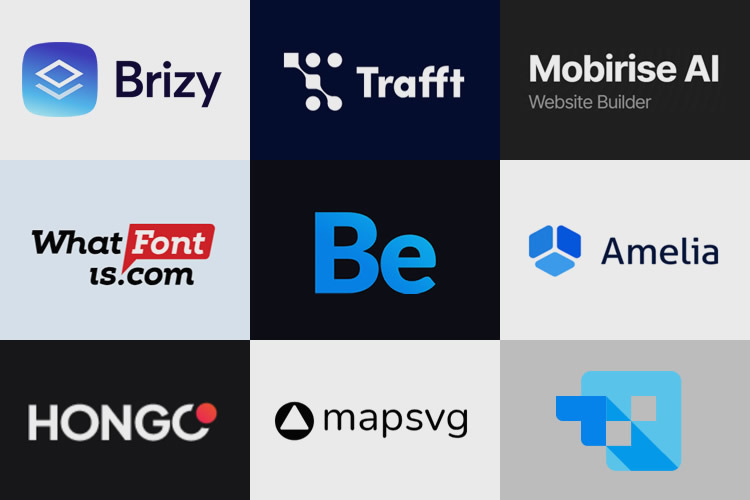Dealing with change isn’t easy, especially if users have become adjusted to a particular way of doing things. Introducing change through UI updates or even a wide reaching design overhaul can be tricky. Here are a couple of things to expect when introducing change to your user base.
? Change Aversion
Definition: the negative short-term reaction to changes in a product or service.
UX designers should empathize with their user base who may not be welcoming toward change. After all, learning a new system, or a new process is unpleasant and it does take some effort to onboard and get adjusted. Consistency and familiarity with what works shouldn’t be overlooked. So if there are key parts of your UI that can remain unchanged, whether that be layout or terminology, make a point to keep the working parts of the design and reduce a jarring transition.
To reduce short term negative reactions or other adverse feedback, teams should try to:
- Communicate major changes ahead of time.
- Give users the freedom to opt out or switch back to a previous version of the interface.
- Offer a channel for feedback (what things users like or dislike).
- Explain the benefits: what are the improvements that come with this update? Help your user base understand why this change is a good thing in the long run.
Mm just saw the new Snapchat.. I don’t know how i feel about it! What do you guys think?
— Kylie Jenner (@KylieJenner) February 9, 2018
? Novelty Effect
Definition: the tendency for performance to initially improve when new technology is instituted, not because of any actual improvement in learning or achievement, but in response to increased interest in the new technology.
Research may suggest a more extreme boost/dip right after launch, one that normalizes over time. The way to combat novelty effect is to take initial user feedback with a grain of salt and analyze the data a week or two after launch–basically after the impact of any novelty effect has stabilized.
Conclusion
When change happens, UX designers should understand that users may feel hesitant of the uncertain. But by emphasizing the benefits that come with change, being willing to listen to feedback, and making changes iteratively, you can make this process more pleasant and even exciting for your users.


